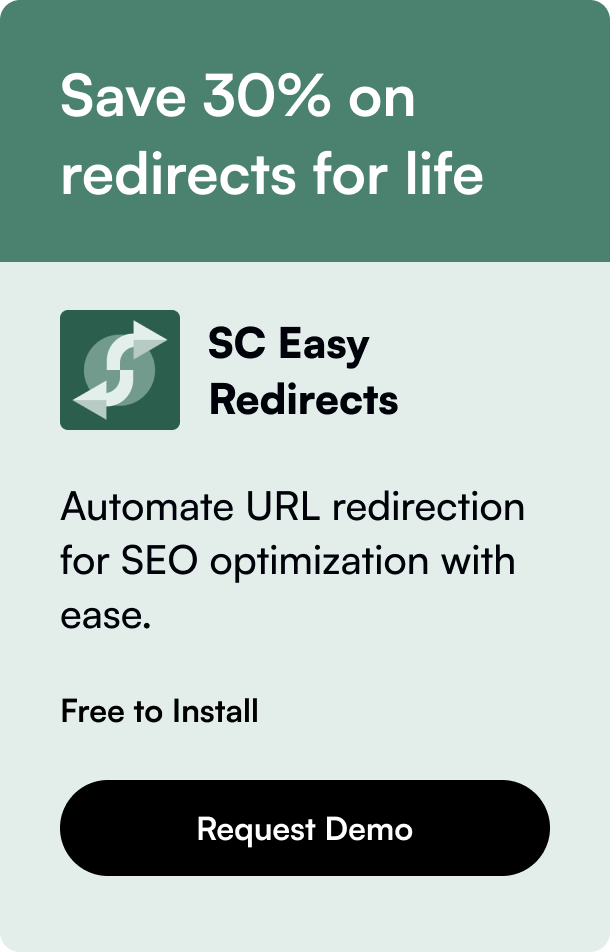Table of Contents
- Introduction
- Integrating Shopify: What Are Your Options?
- Extensive Steps for a Smooth Integration
- Embarking on the Integration Journey
- FAQs: Answering Your Integration Queries
- Conclusion
Introduction
If you already own an enticing website and are looking to enhance its functionality by integrating Shopify for a more seamless e-commerce experience, you've made a smart move. Not only could this decision open up a new avenue for sales, but it can also provide a unified brand experience for your customers. What exactly does it entail when we talk about integrating Shopify into an existing website? Let's delve into the process, benefits, and strategic insights that will help you merge the power of a robust e-commerce platform like Shopify with the unique charm of your current website.
Why Integrate Shopify With Your Website?
Integrating Shopify can play a crucial role in scaling up your business operations. It streamlines product management, simplifies payment processes, and offers advanced security features for your online transactions. Moreover, leveraging such an integration will capitalize on Shopify's robust infrastructure while still maintaining the brand's essence through your existing website.
How Will This Guide Benefit You?
By the end of this guide, you will be educated on the step-by-step procedure to integrate Shopify with your site confidently. We will explore the available methods, providing you with the know-how to execute the integration smoothly and effectively. Whether you are looking to use Shopify's Buy Button or completely embed your Shopify store, this guide will navigate through all those avenues.
Integrating Shopify: What Are Your Options?
There are two primary methods to consider when integrating Shopify with your website:
-
Shopify Buy Button: A simple yet effective tool, the Shopify Buy Button lets you sell products on an existing website. You create the button for each product or collection, and Shopify generates embeddable code for your existing site.
-
Shopify as a Subdomain: An alternative is to set up a subdomain that redirects to your Shopify store. This maintains brand consistency and leads users to a dedicated shopping area, enhancing the user experience.
Extensive Steps for a Smooth Integration
Step 1: Determine the Suitable Integration Mode
Examine what you’re trying to achieve with your integration. Do you simply want to add a few products, or are you looking to present an entire catalogue with a shopping cart? Answering these questions will help you determine which integration mode is appropriate.
Step 2: Setup and Configuration
Once you have chosen the method:
-
For the Shopify Buy Button, access your Shopify admin panel, generate the necessary embed codes, and place them appropriately on your website.
-
In the case of the subdomain approach, you will need to update your DNS settings and create a seamless navigation link from your main site to the Shopify store.
Step 3: Maintain Brand Consistency
Make sure that the look and feel of your Shopify storefront aligns with your existing website design. Use your website's CSS to style the Shopify elements as closely as possible.
Step 4: Test Thoroughly
After implementation, rigorously test every aspect. This includes clicking through from product selection to the checkout process, ensuring there are no hiccups in the user's shopping experience.
Embarking on the Integration Journey
Detailed planning and execution are vital to a successful Shopify integration. Here's a brief roadmap to guide you:
- Plan: Start with a complete scope definition of your integration requirements.
- Execute: Implement the chosen integration method accurately.
- Optimize: Use analytics to understand user behavior and iterate for improvements.
FAQs: Answering Your Integration Queries
Q: Will integrating Shopify affect my website's performance? A: Although there may be slight adjustments, Shopify is designed to be a smooth addition to any website with no significant impact on performance.
Q: Can I integrate Shopify with any website? A: Yes, Shopify's flexible nature allows for integration with various website platforms, provided you can access your site's code to embed elements as needed.
Q: What technical expertise do I need for integrating Shopify? A: Basic knowledge of HTML, CSS, and understanding of DNS settings for subdomain integration are primarily required. Shopify provides detailed documentation to assist even those with limited technical skills.
Conclusion
In the ever-evolving digital marketplace, integrating Shopify with your website offers a gateway to create an enhanced e-commerce ecosystem—uniting distinctive brand experience and comprehensive sales features. The true art of this integration lies in the flawless unison of your existing website's aesthetics with Shopify's robust e-commerce functionality. With this guide, embark on this integration journey with confidence, opening up your brand to untapped potential and compelling customer experiences.








